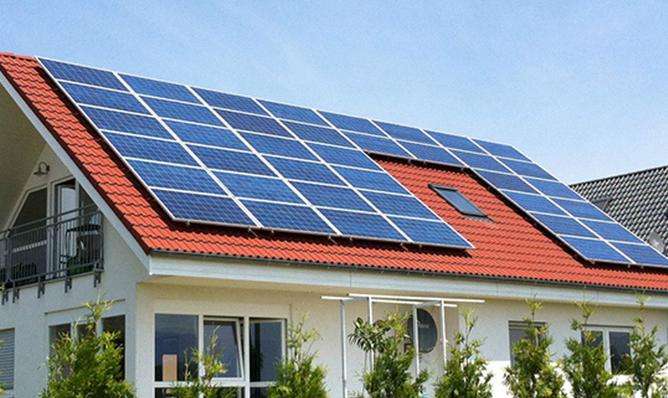1. The main transformer burns and explodes. The distance between oil-immersed main transformers does not meet the fire-proof and explosion-proof requirements. Oil-immersed power transformer in operation may be caused by insulation aging, poor contact. Lightning surges, load short circuits, transformer overheating, external fires or explosion accidents are caused by many reasons such as fire sources. The fire separation distance between the two main transformers is insufficient or there is no firewall, which can easily spread to each other. lead to chain explosions. 2. Hidden risks of damage from high wind: Steel bracket anchors and electrical equipment are seriously corroded. The tie bars securing the photovoltaic panel support are not tightes and bracket anchor bolts are not tightened. The windproof effect is limited. Steel does not meet requirements. The overall rigidity and stability of the module cannot be respected. It is indeed guaranteed that there is a risk of deformation of the support and damage to the components in strong wind conditions. 3. Hot spot effect There are a lot of bird droppings on the photovoltaic module panels and no bird repellents are installed in the array area, which may cause a "hot spot effect". Solar modules that are shaded in a series branch will do this. be used as a load to consume other useful The energy generated by the illuminated solar modules generates heat In severe cases, the hot spot effect can cause partial combustion of the battery, or even lead to the scrapping of the entire solar module or cause a major problem. fire. 4. Buddy RisksLightning protections: The photovoltaic module strings are not connected to each other, and the component grounding holes at both ends of the string are not connected to the metal support. Since the aluminum frame of the module and the galvanized bracket are plated, only the bracket is grounded, which cannot meet the grounding requirements. 5. PID effect The photovoltaic modules adjacent to the seaside have been exposed to high temperature, high humidity and high saline and alkaline environments for a long time, which can easily induce the PID effect (PID effect). the potential of the module) of photovoltaic modules. The PID phenomenon is serious, the power of one module will be attenuated by more than 50%, thereby affecting the output power of the whole chain.
The voltage of the solar power plant module is negative
The orientation of the module must be towardsthe south, and preferably at a certain inclination;
Pay attention to blocking, this must be clear enough;
The same matrix module requires a similar current, otherwise the efficiency of Power output of the module will be affected after being connected in series;
In humid areas, modules can easily cause PID phenomena. Mainly the negative pole appears, which will cause the power of the components to gradually decrease. This will affect the entire matrix power generation effect (please ignore domestic systems, which mainly occur in large ground-mounted power plants);
Photovoltaic power plants cannot be built near waterways and airports, as the light reflected from the panels will affect the takeoff and landing of aircraft.
If it is a distributed power plant, not all roofs ares suitable for the installation of solar power plants. Some roofs are not load-bearing. It is recommended to carry out on-site inspection first.
/p>
Reason of fault and operation of the inverter.
1. Cause of failure. If the voltage of one group is low, the component is shorted or grounded, the current from the other channel of the same MPPT may flow to that channel and a negative voltage will appear.
2. Inverter function. The inverter has a PID repair function and uses forward bias technology. It must take energy from the network and then rectify it, giving the components a reverse current and possibly a negative voltage.














